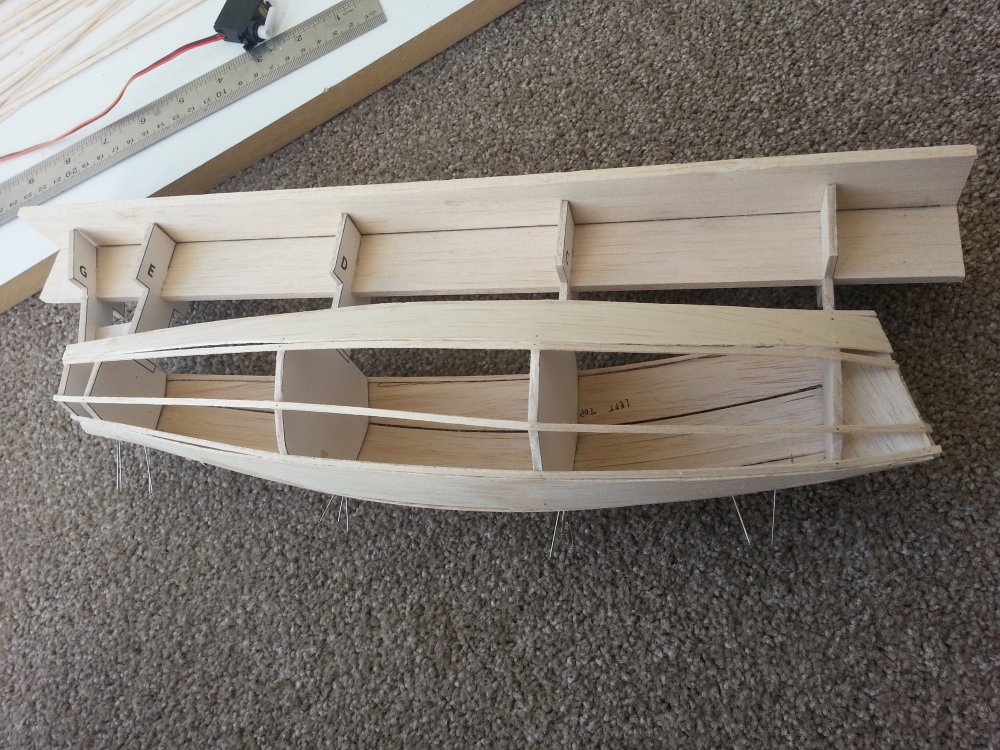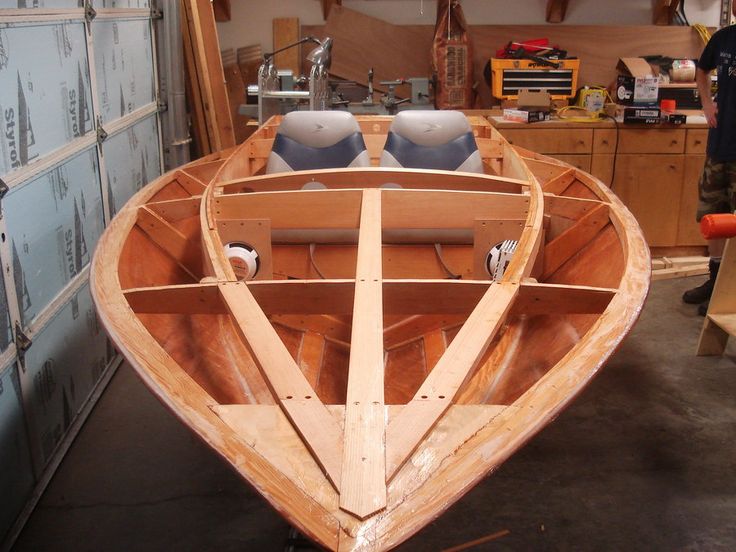
Beyond the Planks: Unveiling Hidden Truths in Wooden Boat Building
Wooden boat building, a craft steeped in tradition, often feels like a journey into the past. But beneath the veneer of classic techniques lie fascinating, often overlooked, elements ripe for exploration. This review of "Wooden Boat Building: Crafting a Strong, Stable, and Long-Lasting Vessel" doesn't just summarize; it digs deeper, posing questions and offering insights rarely discussed in the typical woodworking manual.
The Unsung Heroes: Material Selection Beyond the Species
Most guides focus on wood species. But what about the often-overlooked aspects of lumber sourcing and its impact on the final product?
Q: How does the *environmental impact* of wood sourcing influence boat building?
A: "Wooden Boat Building" touches on sustainability, but could benefit from a more in-depth exploration. Choosing sustainably harvested wood, considering the carbon footprint of transportation, and even exploring reclaimed wood are crucial elements for environmentally conscious builders. Recent studies (e.g., research published in the Journal of Forest Products and Industry) highlight the environmental advantages of utilizing sustainably managed forests and the significant embodied carbon associated with certain imported species.
Q: How does the *growth rate and density variation* within a single tree affect boat performance?
A: The book mentions wood characteristics, but a deeper dive into the impact of growth rings â€" their density variations and orientation within a plank â€" on hull strength and flex is missing. Understanding these subtle variations, potentially through advanced imaging techniques, could lead to optimized plank selection for enhanced performance and durability. Think of it as a 'wood fingerprint' influencing the boat's inherent properties.
Beyond the Blueprint: The Art of Adaptability and Innovation
Traditional methods are valuable, but wooden boat building in the 21st century demands adaptability. The book largely adheres to established techniques, but what about the potential for innovation?
Q: How can *modern technology* enhance traditional boat building?
A: The integration of digital design tools (CAD/CAM) for precise cutting and shaping, the use of laser scanning for hull analysis, and the application of modern adhesives and sealants represent significant opportunities for improvement. While the book acknowledges some modern tools, a more robust discussion of their integration with traditional methods would be beneficial. Imagine using laser-cut templates to ensure perfect joinery or employing 3D-printed components for intricate details.
Q: How can we leverage *bio-based composites* and other innovative materials to complement wood?
A: The potential for incorporating bio-based epoxy resins or flax fibers alongside traditional wood construction warrants further discussion. This isn't about replacing wood entirely but rather enhancing its properties and potentially reducing reliance on traditional, less sustainable materials. A real-world example could highlight a builder experimenting with bio-resins and documenting their performance over time.
The Human Element: Skill Development and Community
Building a wooden boat is a journey of skill acquisition and collaborative spirit. How can we better foster these aspects?
Story Time: Imagine a mentorship program connecting experienced boat builders with aspiring hobbyists, facilitating knowledge transfer and community building, fostering a modern apprenticeship model. This could involve online forums, in-person workshops, and collaborative projects, expanding beyond the traditional, solitary approach often depicted.
In conclusion, "Wooden Boat Building" provides a solid foundation, but a deeper exploration of the topics discussed above â€" considering environmental impact, embracing technological advancements, and promoting collaborative learning â€" would elevate it from a good guide to an essential resource for the modern wooden boat builder.

















